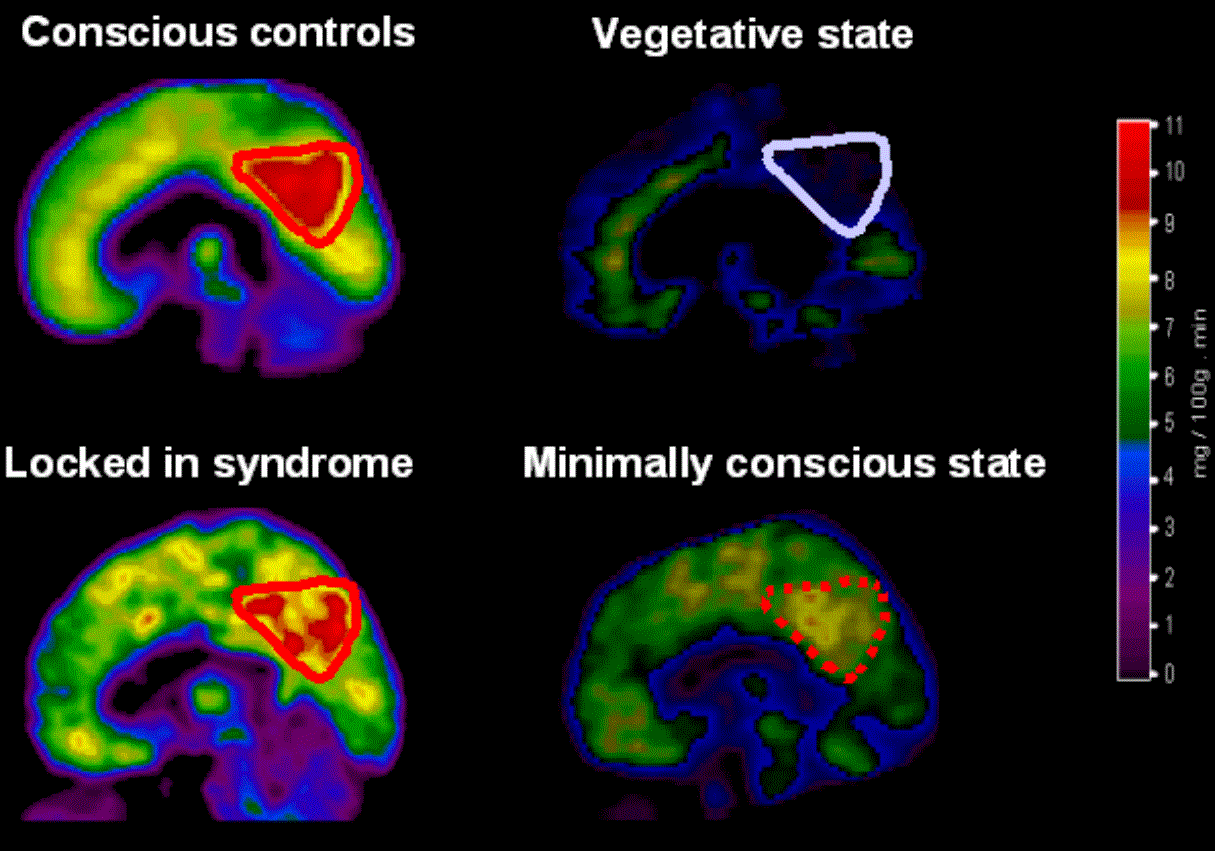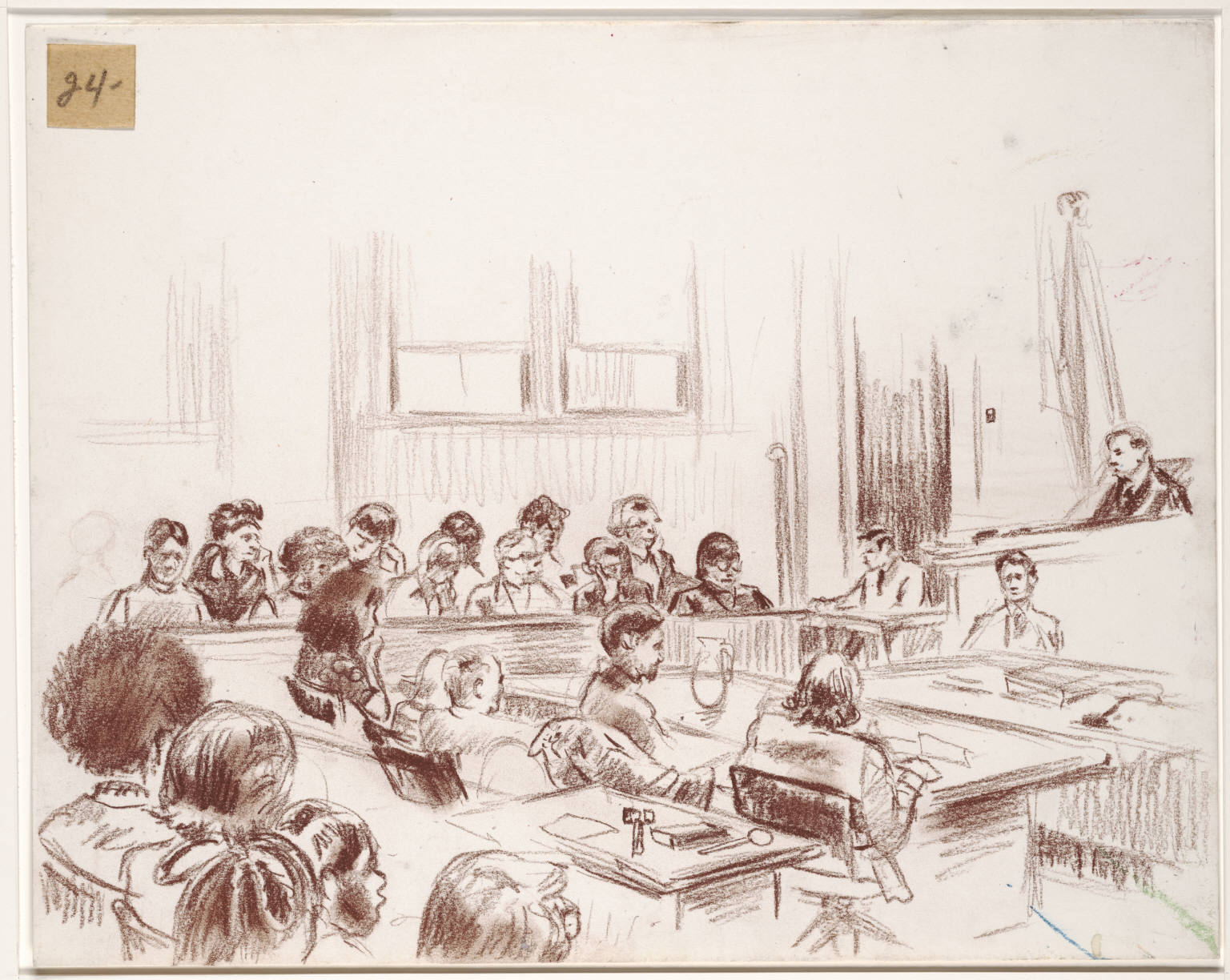The Eyes Are Not a Window to the Mind
I would like to start by thanking the editors of The Brains Blog, especially Cameron Buckner, for giving me the opportunity to discuss some of the ideas I had about the human and ape minds while observing a group of mother and infant chimpanzees at Gombe National Park in Tanzania, …







